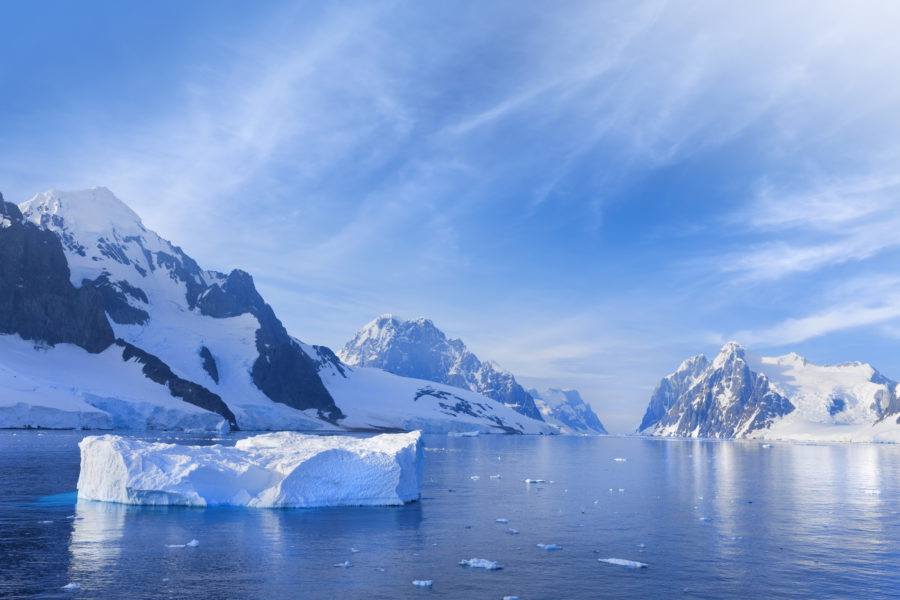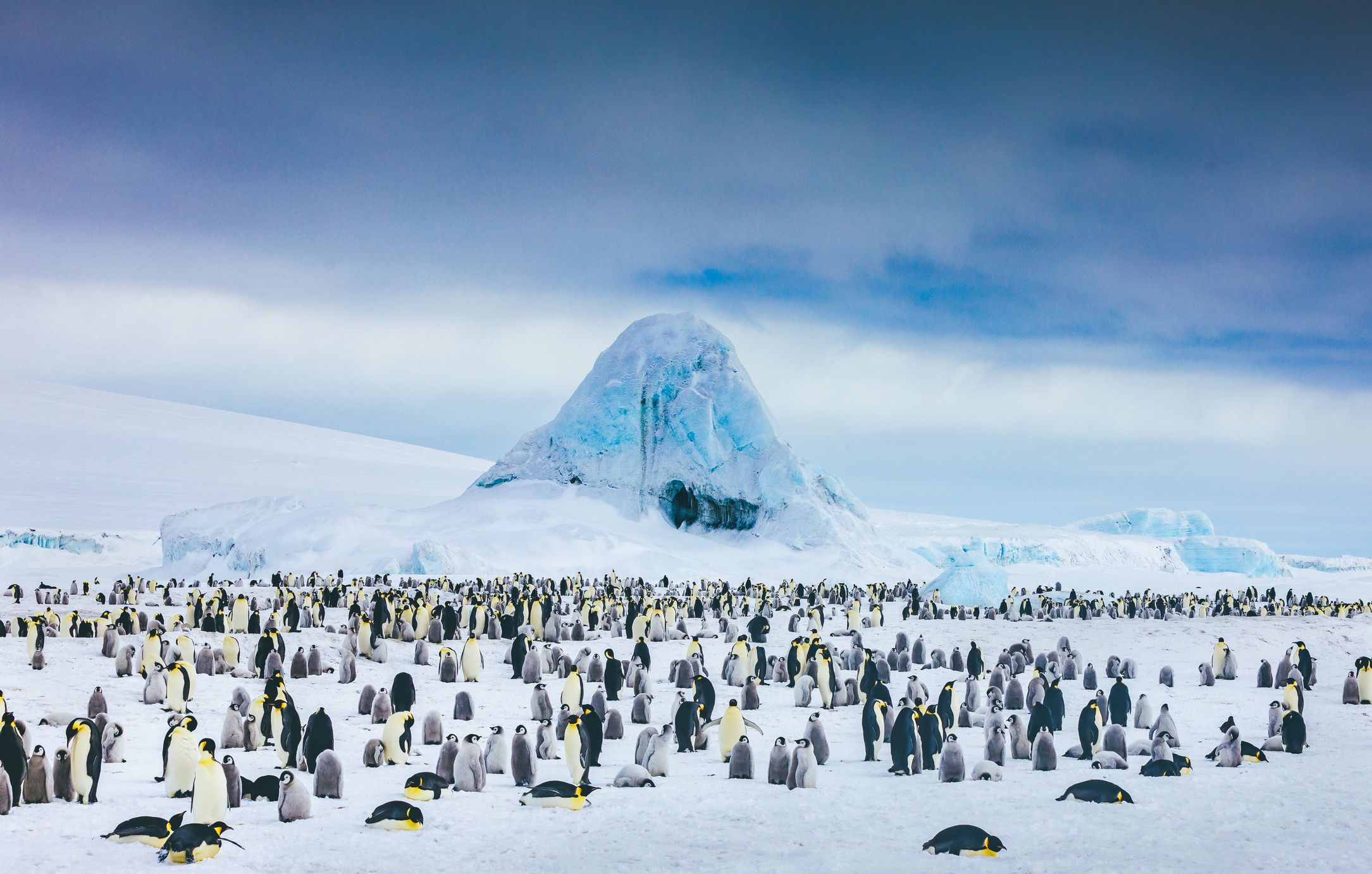31st January 2020
Reflecting on 200 years of Antarctica

Antarctica – the name conjures up images of extraordinary natural beauty, inhospitable conditions and heroic, sometimes ill-fated, human endeavour.
These days, it might also bring to mind worrying images of the impact of climate change, as huge sections of the ice-shelf break away, and majestic Emperor penguins struggle to survive.
It is hard to believe that, 200 years ago, this vast, white continent was unknown to – and untouched by – humankind.
No-one is quite sure who actually sighted it first. Two men claim that prize: Fabian Gottlieb von Bellingshausen, an Estonian on a Russian naval expedition, and the Royal Navy’s Edward Bransfield, both of whom spotted it in late January 1820. Later that year, the American Nathaniel Palmer also laid eyes on it.
Bransfield had been despatched to the Southern Ocean by the Royal Navy, following the discovery of the South Shetland Islands in 1819. He was the first person to chart part of the Antarctic mainland. His Antarctic exploits are not widely known these days, but he has not been forgotten: two British Antarctic Survey ships were named after him, and to this day, scientists at the UK’s Rothera base gather in Bransfield House to eat and socialise.
The question of who first sighted Antarctica may still be up for debate, but nobody can doubt the importance of its discovery. So it is right that we mark the 200th anniversary – both to celebrate the achievement of those brave explorers, and to highlight how our approach to the Antarctic has changed in the intervening years.
For nearly a century after its discovery, Antarctica was seen merely as a resource to exploit, with no thought for the consequences. Some species of seal and whale were virtually wiped out. Only then did efforts begin in earnest to learn more about this new continent, let alone protect it.
Today, we know that Antarctica is not only vital to the species that call it home, it also drives the global ocean and atmosphere and serves as a barometer of the global impacts of climate change. It is a quite unique global laboratory and fundamental to our understanding of the planet.
This is why it is so essential to enhance its protection. One way to make the case as persuasively as possible is to encourage as many different voices as possible to speak out in favour of Antarctic science and conservation.
We know there is no time to lose. This 200th anniversary, and the COP26 climate summit later this year, provide the perfect vehicles to galvanise the world into action.

Therefore I am delighted that we at the Foreign and Commonwealth Office are supporting a ‘Diversity in Polar Science’ initiative, to promote and enhance Antarctic science opportunities to under-represented groups, including women, BAME, LGBT+ and early-career scientists. I strongly believe that greater diversity within the Antarctic science community will both help improve our understanding of the continent and ensure that, collectively, we make the best decisions for its future.
Two hundred years after it was first sighted, Antarctica has seen the best and the worst of human endeavour. She has shared some of her secrets with us, but others remain yet to discover. This anniversary is our opportunity to share what we know: that Antarctica matters, to us and to the world, and that we must do more to protect it, for the next 200 years and beyond.
